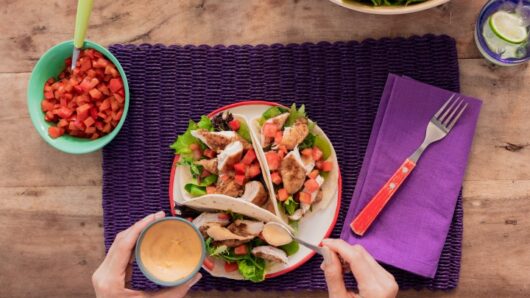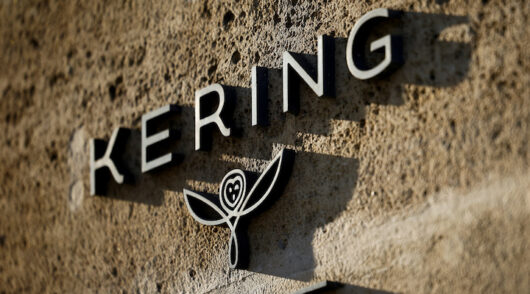Hong Kong April retail sales fell by 7.5 per cent year-on-year in April.
That’s still a sharp drop, but reflects “a slightly narrower year-on-year decline” overall, as a government spokesman noted.
For the first four months of this year, retail sales are down by 11.4 per cent compared with the same period in 2015.
In March retail sales were down 9.8 per cent year-on-year and for the first three months of the year, by 12.5 per cent. In January and February by 13.6 per cent.
That certainly suggests a trend, but as the spokesperson pointed out, within the figures, some sectors still recorded notable falls in sales, “reflecting the continued drag from the slowdown in inbound tourism as well as the more cautious local consumer sentiment amid subpar economic conditions”.
According to the Census and Statistics Department (C&SD), total retail sales in April are provisionally estimated at HK$35.2 billion.
After netting out the effect of price changes over the same period, the volume of total retail sales in April 2016 decreased by 7.6 per cent compared with a year earlier.
Analysed by broad type of retail outlet in descending order of value of sales and comparing April 2016 with April 2015, the value of sales of jewellery, watches and clocks, and valuable gifts decreased by 16.6 per cent. This was followed by sales of apparel, down 5.9 per cent; department store sales down 6.8 per cent, electrical goods and photographic equipment down 23 per cent, footwear and accessories by 5.8 per cent; books, newspapers, stationery and gifts by 9.4 per cent; furniture and fixtures by 4.2 per cent; Chinese drugs and herbs by 0.9 per cent; and optical shops by 9.3 per cent.
On the bright side, supermarket sales rose 2.4 per cent, medicines and cosmetics by 1.7 per cent; food, alcoholic drinks and tobacco by 5 per cent; and other consumer goods, not elsewhere classified by 2 per cent.
Hong Kong’s retail sales statistics measure the sales receipts in respect of goods sold by local retail establishments and are primarily intended for gauging the short-term business performance of the local retail sector. They cover consumer spending on goods but not on services (such as those on housing, catering, medical care and health services, transport and communication, financial services, education and entertainment) which account for over 50 per cent of the overall consumer spending. Moreover, they include spending on goods in Hong Kong by visitors but exclude spending outside Hong Kong by Hong Kong residents.
The government spokesman said the near-term outlook for retail sales “will continue to depend on the performance of inbound tourism, and on the extent to which the local consumption sentiment is affected by the uncertain economic outlook and other external headwinds”.
Hong Kong April retail sales fall further






